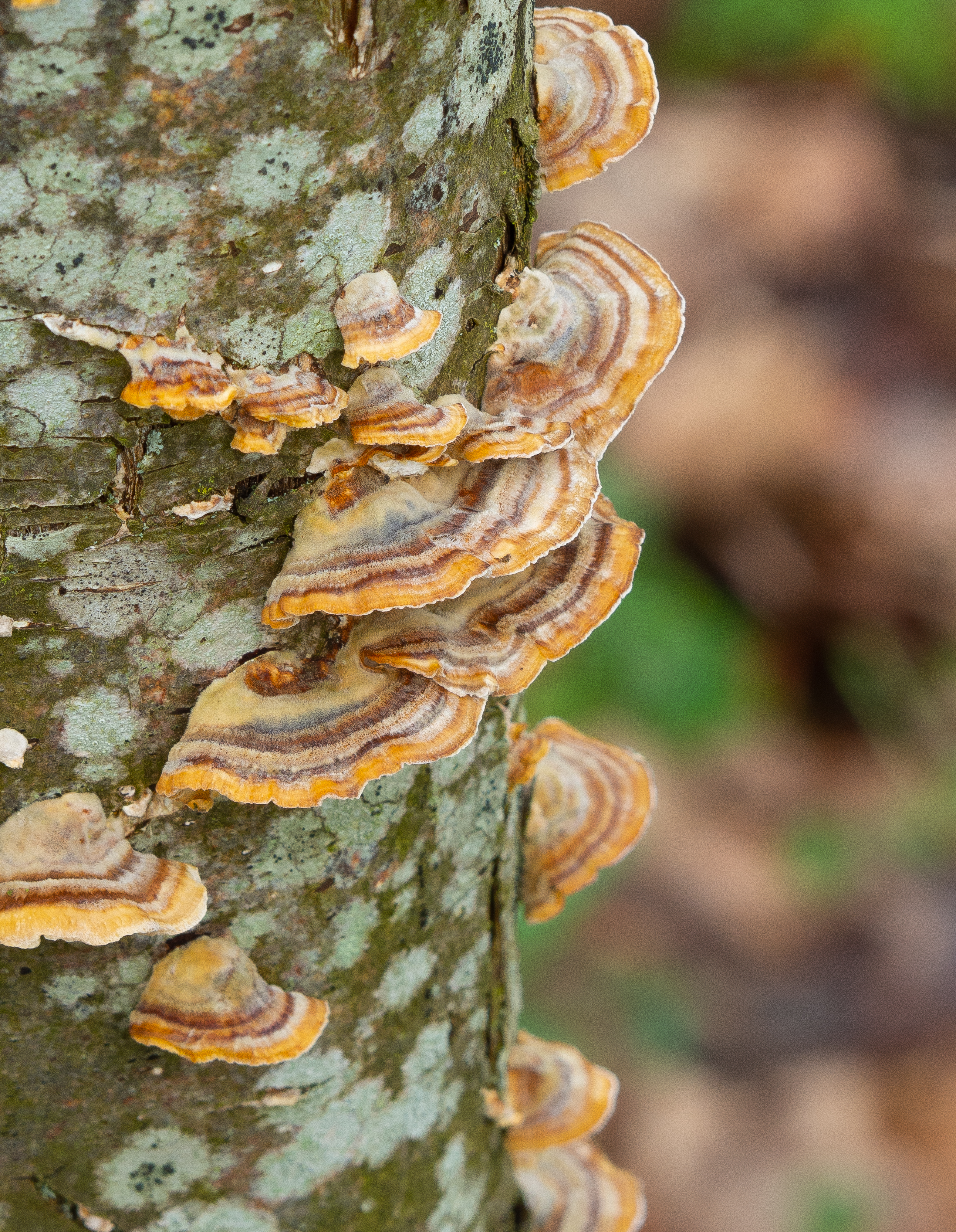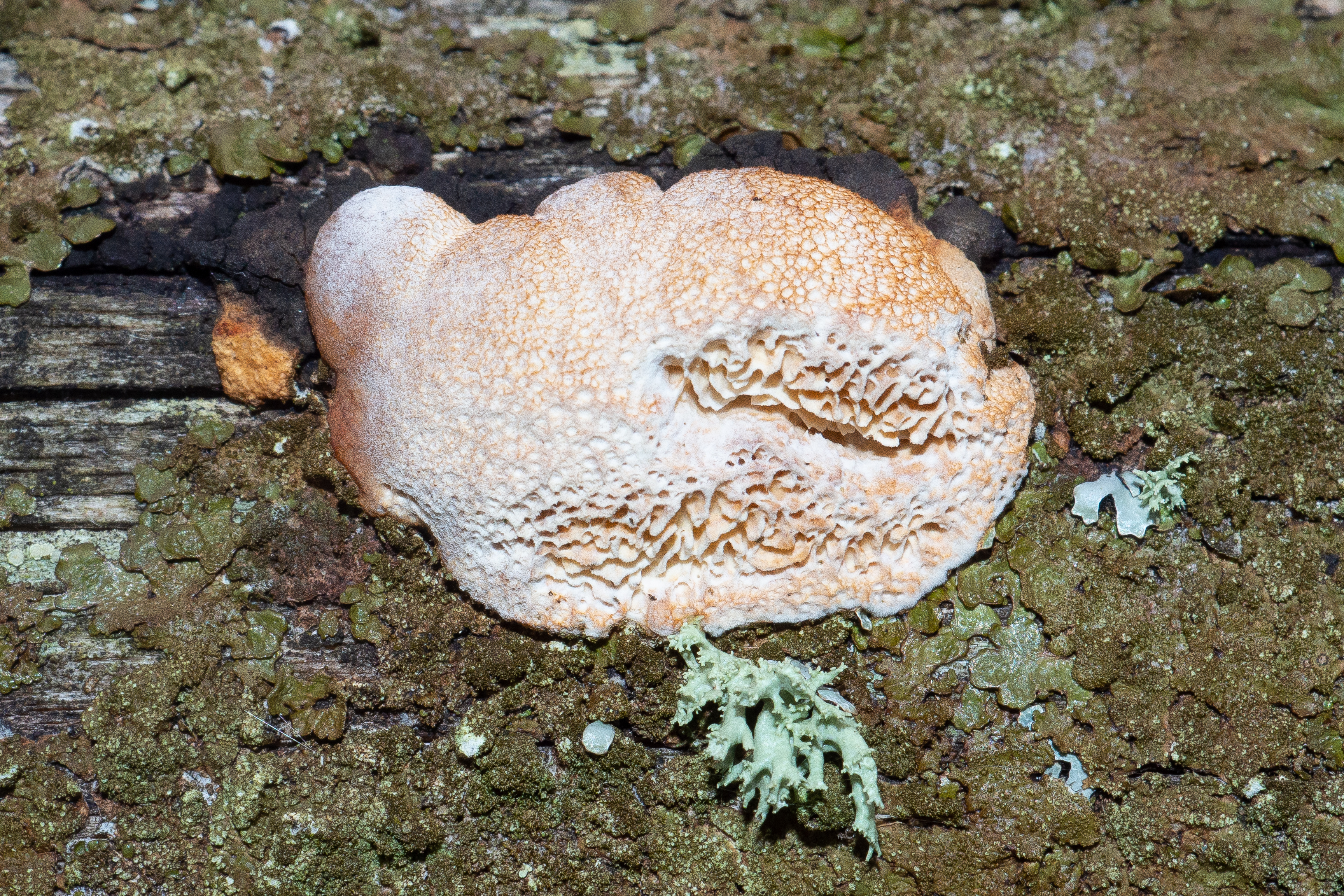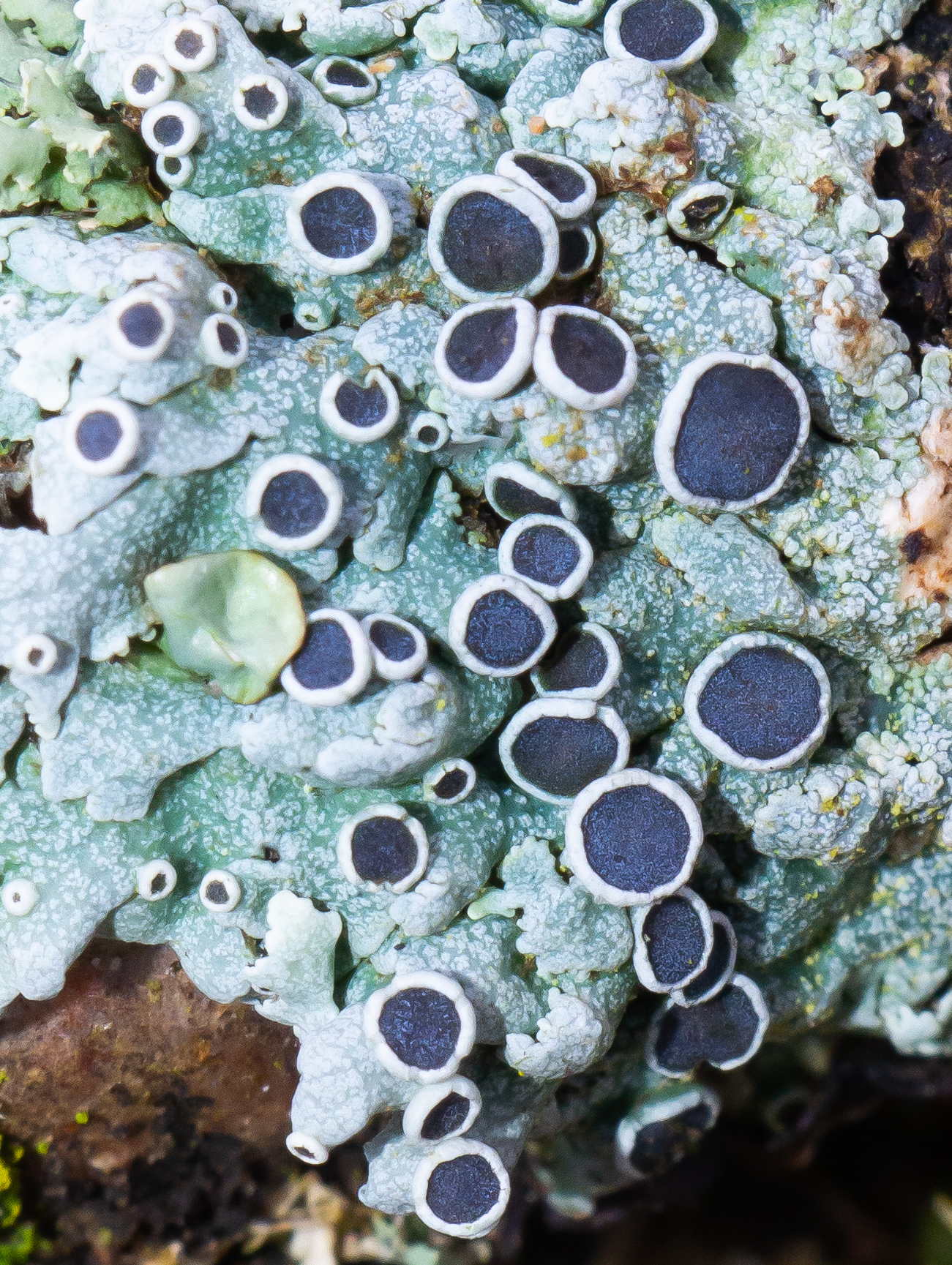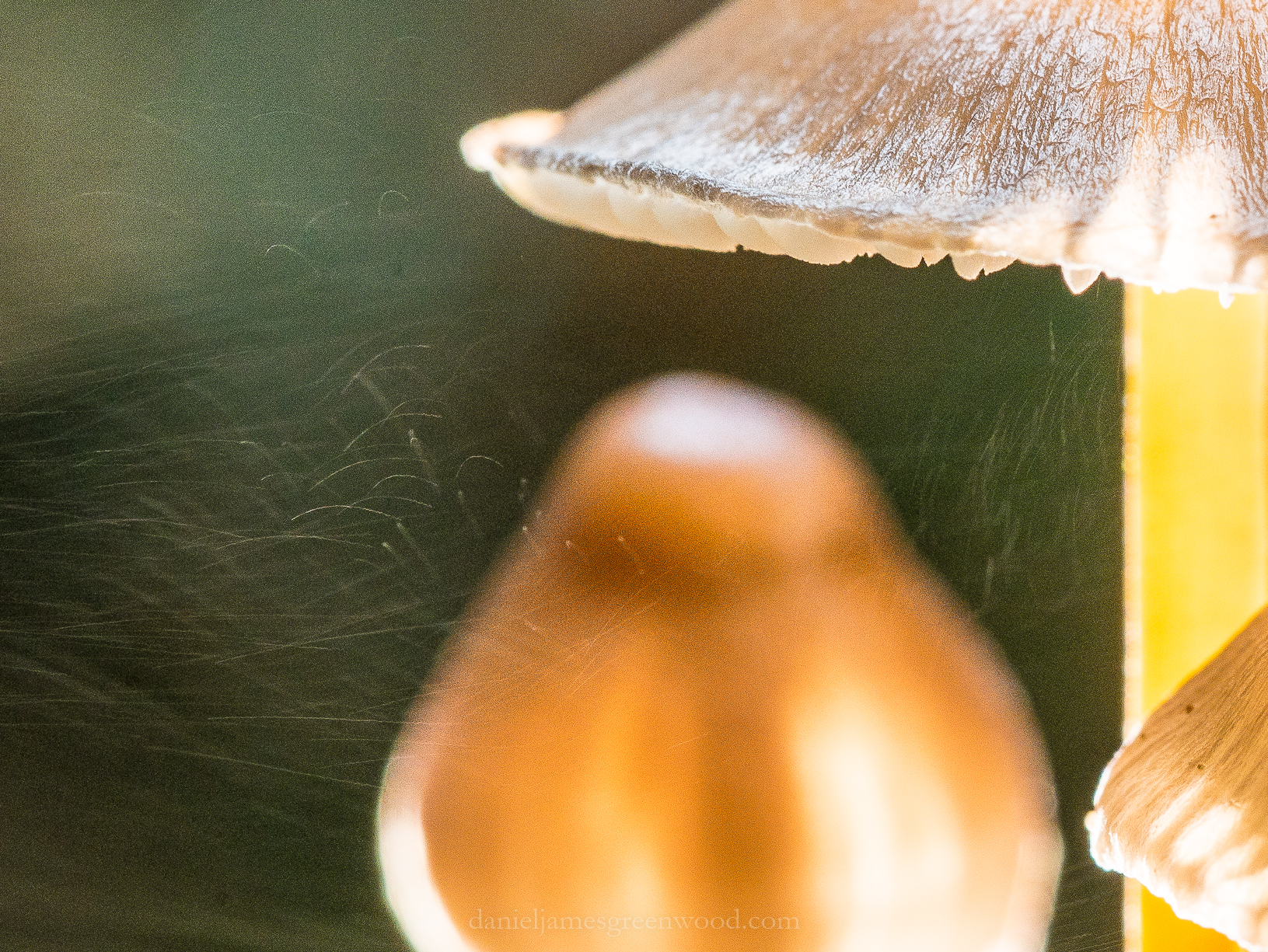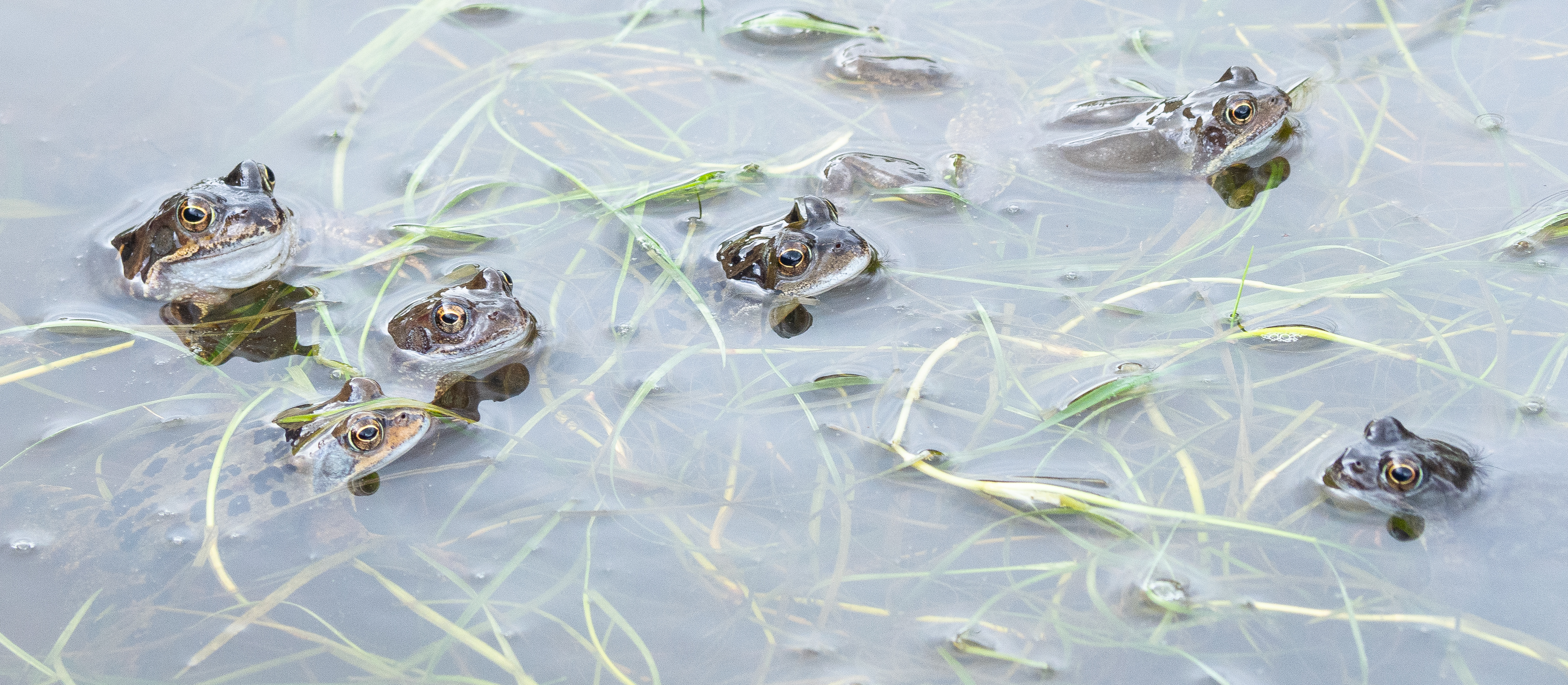For a long time I’ve noticed an explosion of twigs among the canopies of birch trees but never taken the time to find out what it was. Recently I read that this unusual grow pattern, if that’s what it was, could be caused by fungi. Last week I was out walking in a woodland not far from home when I saw a fine example of this strange occurence.

You can see how this could simply be confused with mistletoe, a similarly bushy growth high up in the tree. But mistletoe is caused by the sticky seeds of the plant becoming attached to a branch. The ‘deformity’ in birch trees looks all the more unusual. I took some photos and had a look online when I got back. When I submitted the record to iNaturalist for some help, I got the result of a fungus with the scientific name of Taphrina betulina. ‘Betulina’ relates to birch in Latin, Betula pendula.
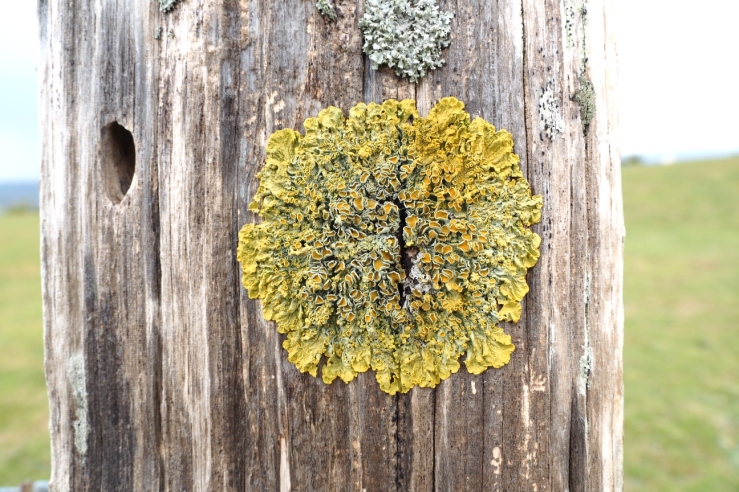
This fungus is an ascomycete, related to cup fungi and the fungal fruiting bodies found in lichens. Unfortunately I couldn’t get close enough at this point to ever see those details on the witches’ broom.

It could easily be confused with random birds nests, and you have to wonder if they may actually form decent nesting habitat for some species, probably woodpigeons more than anything else. One thing I notice about the cultural significance of the species is its name – another reference to witches. It must be that anything which looked unusual in nature was referred to as the work of ‘a witch’.
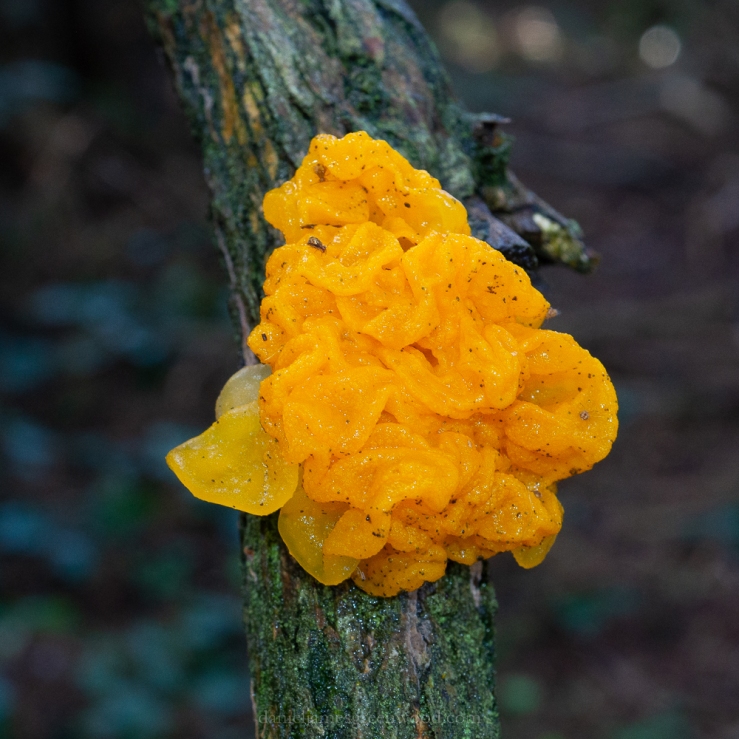
In the fungal lexicon (is that a thing?) there are a host of jelly fungi which go by the name of witches’ butter. It may be in the case of witches broom that the cluster of twigs looked like the flying broom of a witch, as per the old folktale. That or Harry Potter, anyway.
Thanks for reading.


